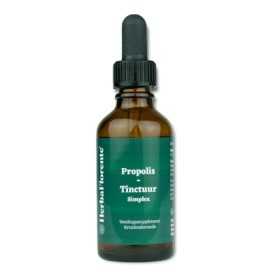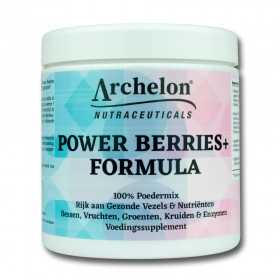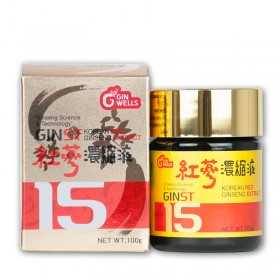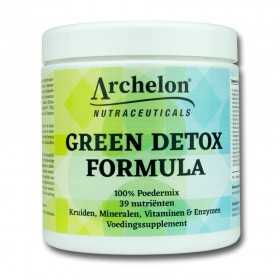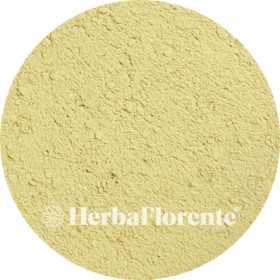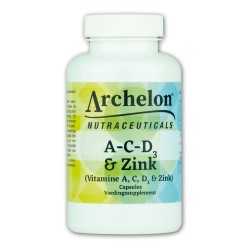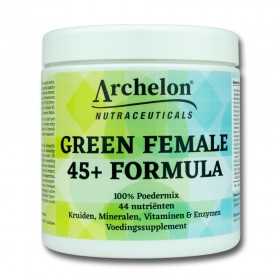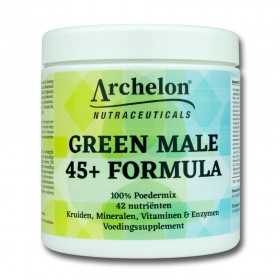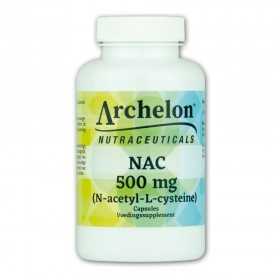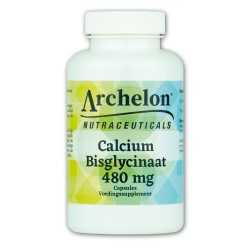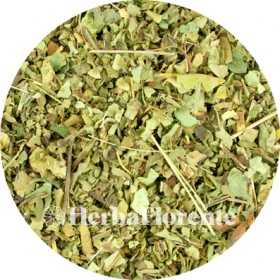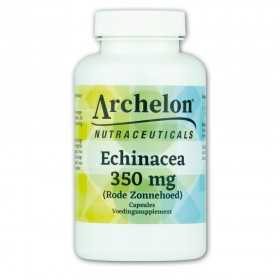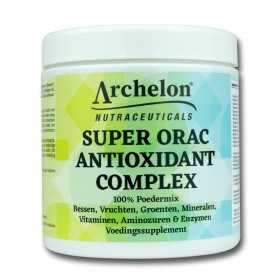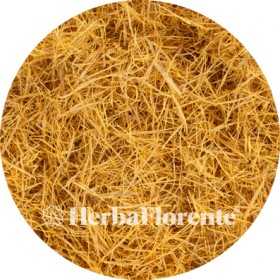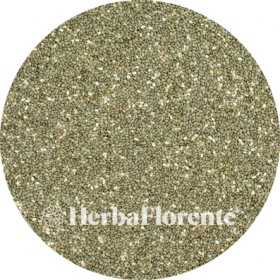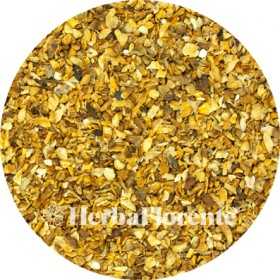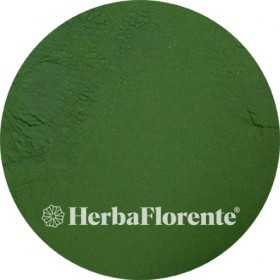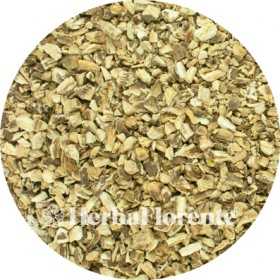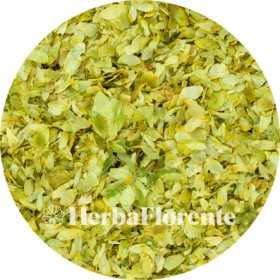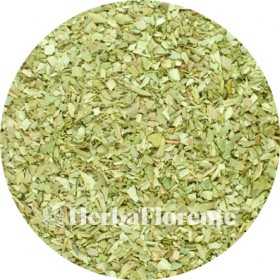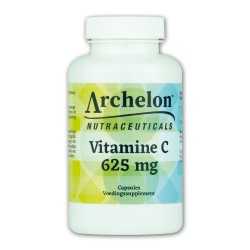Microbiome
There are 7 products.
Chia seeds - Salviae Sem. Hispanica nigri albi
Chia, also known as Salvia hispanica, is a plant from the Lamiaceae family, originally from central and southern Mexico and Guatemala. The Aztecs cultivated this plant even before Columbus discovered America, and chia seeds were used as currency to the rulers. Today, chia is still prized in Mexico and Guatemala; the ground seeds are used in dishes, while whole seeds are often added to nutritious drinks.
The main purpose of growing chia is for its seeds, which are rich in omega-3 fatty acids. About 25-30% of the seed contains vegetable oil, including alpha-linolenic acid (ALA). Chia seeds are small and oval, about 1 mm in diameter, and have a color palette of brown, gray-black and white.
The main purpose of growing chia is for its seeds, which are rich in omega-3 fatty acids. About 25-30% of the seed contains vegetable oil, including alpha-linolenic acid (ALA). Chia seeds are small and oval, about 1 mm in diameter, and have a color palette of brown, gray-black and white.
€2.00
From: €2.00
Chicory (Root) - Cichorium Intybus - Cut
Chicory (Cichorium) belongs to the composite family (Compositae or Asteraceae) and includes well-known vegetables such as chicory and endive. It is mainly consumed for health reasons.
Since the late years of the twentieth century, chicory roots have been cultivated not only for chicory, but also for the production of inulin and sweeteners, especially fructose. Both inulin (a dietary fiber) and fructose are widely used in the food industry.
Roasted chicory root is used as a coffee substitute or as an ingredient in coffee brewing. In the past, this was done out of necessity, such as during the Napoleonic blockade during the French occupation.
Since the late years of the twentieth century, chicory roots have been cultivated not only for chicory, but also for the production of inulin and sweeteners, especially fructose. Both inulin (a dietary fiber) and fructose are widely used in the food industry.
Roasted chicory root is used as a coffee substitute or as an ingredient in coffee brewing. In the past, this was done out of necessity, such as during the Napoleonic blockade during the French occupation.
€2.00
From: €2.00
Chlorella - Chlorella
Chlorella, a single-celled green algae belonging to the green algae family, thrives in lakes and rivers of Southeast Asia. This microscopic organism is a veritable treasure trove of nutrients, including proteins, vitamins, trace elements and omega-3 fatty acids.
Its versatility is reflected in supporting the immune system and promoting liver detoxification. Chlorella also contributes to healthy digestion and supports normal intestinal function. The name 'chlorella' has its origins in the Greek words 'chloros' and 'ella', which mean 'green' and 'small' respectively.
Its versatility is reflected in supporting the immune system and promoting liver detoxification. Chlorella also contributes to healthy digestion and supports normal intestinal function. The name 'chlorella' has its origins in the Greek words 'chloros' and 'ella', which mean 'green' and 'small' respectively.
€4.60
From: €4.60
Great Burdock - Arctium lappa
Also called burdock root. Great burdock is used in various ways, mainly for its beneficial effects on the skin. It is known for its ability to maintain the normal structure, elasticity and appearance of the skin from within. In addition, burdock root provides support to the immune system and contributes to healthy digestion. Discover the power of this remarkable plant now.
The burdock root thrives best in moist, nitrate-rich soils, preferably in the sun or light shade and in a temperate climate. You can mainly find burdock near houses and fields, on ruins, roadsides, wastelands, clearings in forests, at the edge of forests and in hedges. The root can grow more than a meter long.
The burdock root thrives best in moist, nitrate-rich soils, preferably in the sun or light shade and in a temperate climate. You can mainly find burdock near houses and fields, on ruins, roadsides, wastelands, clearings in forests, at the edge of forests and in hedges. The root can grow more than a meter long.
€2.50
From: €2.50
Hop - Humulus lupulus
Hop (Humulus lupulus), also known as the "natural tranquilizer", may get its name from the Latin word lupus (wolf). It is traditionally used to promote sleep and is loved by menopausal women for its calming properties and support for regular menstrual cycles.
The beneficial properties of hops are due to a combination of polyphenols with phytoestrogenic effects, flavonoids, potassium salts, B vitamins and amino acids. It not only supports hormonal balance during menopause, but also helps with digestive problems and promotes healthy cholesterol levels.
The beneficial properties of hops are due to a combination of polyphenols with phytoestrogenic effects, flavonoids, potassium salts, B vitamins and amino acids. It not only supports hormonal balance during menopause, but also helps with digestive problems and promotes healthy cholesterol levels.
€2.95
From: €2.95
Olive - Olea europaea
Olive leaves, from the wild olive tree (Olea europaea), are naturally rich in antioxidants. Originally native to western Asia, Egypt and Syria, these trees are now a distinctive sight throughout the Mediterranean region, as well as in regions such as South America, the southern United States, southern Australia and the tropics. Olive leaf tea has been consumed in the Mediterranean for centuries, and this is not surprising given the known antioxidant properties of olive leaves. It is therefore no coincidence that the olive tree is often referred to as the 'tree of life'.
€2.25
From: €2.25
Vitamin C (Sodium Ascorbic Acid) - 625 mg
The pure form of vitamin C is ascorbic acid. The buffered forms of ascorbic acid are generally better tolerated by humans than the pure form. Ascorbic acid is acidic, the fused forms give virtually no gastrointestinal problems. Vitamin C is an essential vitamin for the body. It is involved in many processes in the body, including immune system, blood vessels, bones, cartilage, gums, teeth, skin, energy metabolism, nervous system and fatigue.
€17.95

